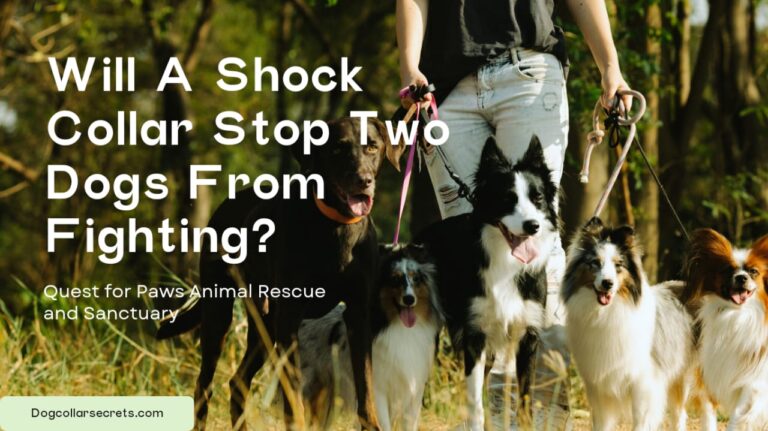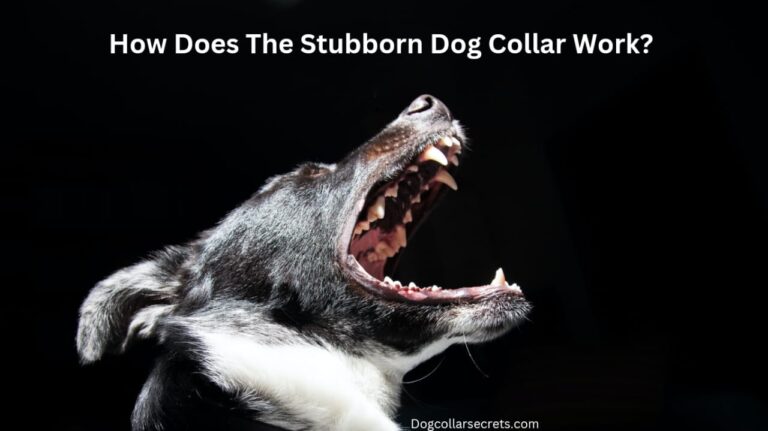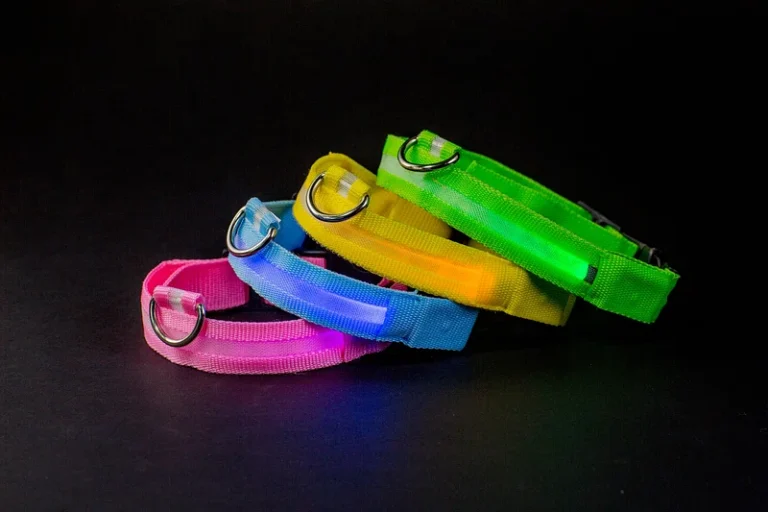Does shock collar help with jumping and barking? Dog Collar Secrets
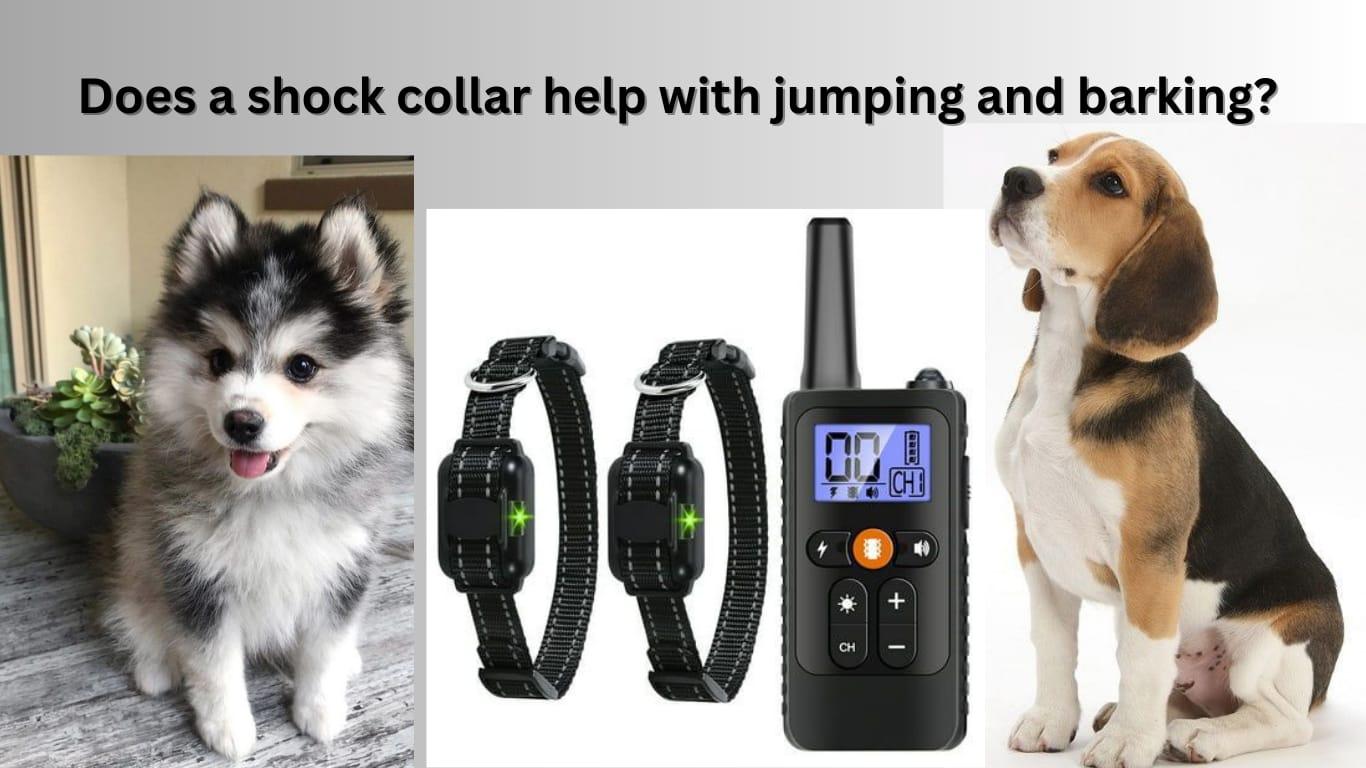
Does shock collar help with jumping and barking?
Does a shock collar help with jumping and barking? Yes, they can be useful tools if used correctly. Shock collars, also called electronic collars or e-collars, are designed to give a mild electric signal to a dog’s neck using a remote control. The idea is to help the dog learn that the shock is connected to behaviors like jumping and barking too much, so they start avoiding those actions.
However, it’s really important to be careful and responsible when using shock collars. You should make sure that the shock isn’t too strong and doesn’t hurt the dog. The main goal is to help the dog understand that their behavior is not okay, and not to cause it pain. It’s also a good idea to combine the collar with positive training methods. This means praising the dog when they’re calm and teaching them other commands they can do instead.
Remember, every dog is different. What works for one might not work for another. So, while shock collars can be helpful for jumping and barking issues, it’s best to think about the dog’s personality and what it needs. If you’re not sure, it’s a good idea to ask a professional dog trainer or behavior expert for advice.
Does a shock collar help with jumping and barking? Shock Collars Can Provide a Solution
Absolutely, shock collars can play a role in curbing jumping and barking behaviors in dogs. When used properly, these collars deliver a small electric signal that catches a dog’s attention when they’re jumping excessively or barking non-stop. It’s like a little reminder to help them understand that these actions aren’t the best way to behave.
Now, it’s important to use shock collars the right way – setting the shock level just enough to be noticeable but not painful. Pairing the collar with positive reinforcement, like treats and praise when they stop jumping or barking, can make the lesson stick even better. So, shock collars can be like a helping hand in teaching dogs the right manners, but remember, the love and patience we show them matter too.
Why do dogs jump when they bark?
Dogs bark and jump for various reasons. Sometimes, they’re just super excited and can’t contain their happiness, especially when they see someone they love. Other times, it’s their way of grabbing attention – they quickly learn that barking or jumping gets people to notice them.
Fear and anxiety can also play a big role. If a dog feels scared or uneasy, it might bark or jump to let everyone know that something’s up. And let’s not forget that barking is like their own form of talking. They might be trying to tell us something, like a warning about a stranger approaching or expressing their frustration.
So, there are a bunch of reasons behind these behaviors, all from plain excitement to more complicated feelings. It’s our job to figure out why our furry friends are doing it and help them find better ways to express themselves.
How to introduce a shock collar to your dog?
Introducing a shock collar to your dog requires a careful step-by-step approach. Here’s how you can do it:
- Familiarize Your Dog: Let your dog get comfortable with the collar first. Show it to them, let them sniff it, and even give them a treat near it. This helps them see the collar as something not scary.
- Positive Vibes: Associate the collar with positivity. Put it on your hand and offer treats, petting, and praise. This helps your dog see that good things happen when the collar is around.
- Collar without Shock: Put the collar on your dog without activating the shock function. Let them wear it for short periods indoors. Keep it loose and make sure it doesn’t bother them.
- Minimal Shock Level: If your collar has adjustable shock levels, start with the lowest setting. Make sure it’s just a mild sensation – something your dog can feel but not find painful or scary.
- Positive Distraction: Engage your dog in their favorite activities while wearing the collar. Play games, give treats, and keep the mood upbeat. This helps them associate the collar with fun times.
- Command Connection: Teach your dog basic commands like “sit,” “stay,” or “come.” When they obey, use the remote to trigger a very low-level shock. The idea is to help them link the shock with commands, not with pain.
- Consistency and Gradual Increase: Over time, you can gradually increase the shock level if needed. Always watch your dog’s reactions and never make it too intense.
- Positive Reinforcement: Whenever your dog responds well to the collar’s signal – by stopping a behavior or following a command – reward them with treats, pets, and praise. This reinforces the connection between the collar and positive outcomes.
- Regular Breaks: Remember, shock collars should be worn for limited periods. Take breaks to prevent any discomfort.
- Professional Guidance: If you’re unsure, consult a professional dog trainer. They can provide tailored advice based on your dog’s temperament and needs.
Introducing a shock collar with patience, positive associations, and gradual steps can help your dog understand its purpose and ensure a more comfortable experience.

How to use a shock collar for dog training?
- Introducing the Shock Collar: Familiarizing Your Dog This step involves letting your dog become comfortable with the shock collar. Allow them to see, sniff, and interact with the collar without any stress or fear. This helps build a positive association and prepares them for the training process.
- Positive Training Foundation: Creating Good Associations In this phase, you’ll show your dog that good things happen when the shock collar is around. Use treats, praise, and affection to make your dog feel happy and confident while wearing the collar. This step establishes a positive connection between the collar and pleasant experiences.
- Starting Gradually: Low Settings for Gentle Training Begin using the shock collar with the lowest settings. The aim is to provide a mild, gentle sensation that catches your dog’s attention without causing pain or discomfort. This approach ensures a gradual introduction to the collar’s functions.
- Timing and Commands: Using the Shock Collar Effectively When your dog displays undesired behavior or doesn’t follow commands, use the remote to deliver a mild shock immediately. This precise timing helps your dog understand which actions are undesirable and connects the shock with their behavior.
- Expert Recommendation: Consulting Experts for Training Success Seeking advice from a professional dog trainer is essential. They can provide personalized guidance based on your dog’s temperament and your training goals. Consulting an expert ensures that you’re using the shock collar in the most effective and humane manner.
By following these steps, you can utilize the shock collar as a tool for effective and responsible dog training, ensuring that your furry companion learns and grows in a positive and well-supported environment.
Are shock collars good for dogs?
Shock collars can be beneficial for dogs if used correctly. When employed as part of a well-rounded training approach, shock collars can help teach dogs appropriate behaviors and discourage unwanted ones. The key lies in responsible and ethical usage.
When shock collars are introduced gradually and set to a level that’s more of a noticeable sensation than actual pain, they can be effective tools. The goal is to help dogs understand specific commands and behaviors and to create a connection between the mild shock and their actions. It’s crucial to combine the collar’s use with positive reinforcement, like treats, praise, and affection, to ensure a balanced and humane training process.
However, it’s important to emphasize that shock collars should never be used to cause harm or inflict pain. Misuse, such as setting the shock intensity too high or using it as a punishment, can lead to negative effects on a dog’s well-being and behavior. Consulting a professional dog trainer or behaviorist is recommended to ensure that shock collars are being used appropriately and responsibly based on the individual dog’s needs and temperament.
In summary, shock collars can be helpful training tools when used with care and in conjunction with positive reinforcement techniques. Responsible usage and a focus on the dog’s comfort and understanding are key factors in determining their effectiveness and impact on a dog’s behavior and well-being.
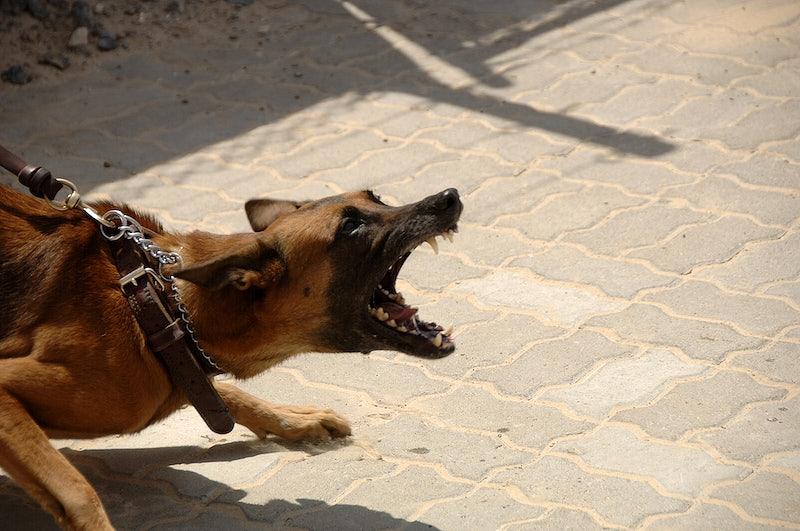
Conclusion
In conclusion, yes, shock collars can help with jumping and barking issues in dogs. When used correctly and combined with positive training methods, these collars can be effective tools for addressing these behaviors. However, it’s crucial to introduce the collar properly, use it responsibly, and prioritize your dog’s well-being. Consulting a professional trainer can provide valuable guidance on how to use shock collars appropriately for tackling jumping and barking problems.
You may also like: How To Stop Dog Barking Without Shock Collar?
How To Use A Shock Collar To Stop Barking?
FAQ
Do shock collar hurt dogs?
Shock collars can potentially hurt dogs if they're not used correctly. If not applied properly, the electric shocks can cause pain and distress to the dogs. It's important to be cautious and well-informed when considering their use.
Are shock collars cruel?
Yes, shock collars can be seen as cruel because they use electric shocks to train dogs, which can be painful and frightening for them.
Can a dog wear a shock collar in the rain?
It's generally not recommended for a dog to wear a shock collar in the rain. Water can damage the collar and make the shocks unpredictable, which might cause unnecessary stress or discomfort for the dog. It's better to remove the collar when it's wet outside.
When not to use a shock collar?
Avoid using a shock collar when there are better alternatives. Don't use it if your dog is fearful or sensitive, as it can worsen their anxiety. Also, avoid it for training basic behaviors, as positive methods are kinder. If your dog has health issues behavioral problems, or you're unsure how to use it right, skip the shock collar and consult a professional trainer instead.
Does halo collar shock?
Yes, the Halo Collar can deliver shocks to dogs. It's designed to provide both vibration and static stimulation as part of its training features.

